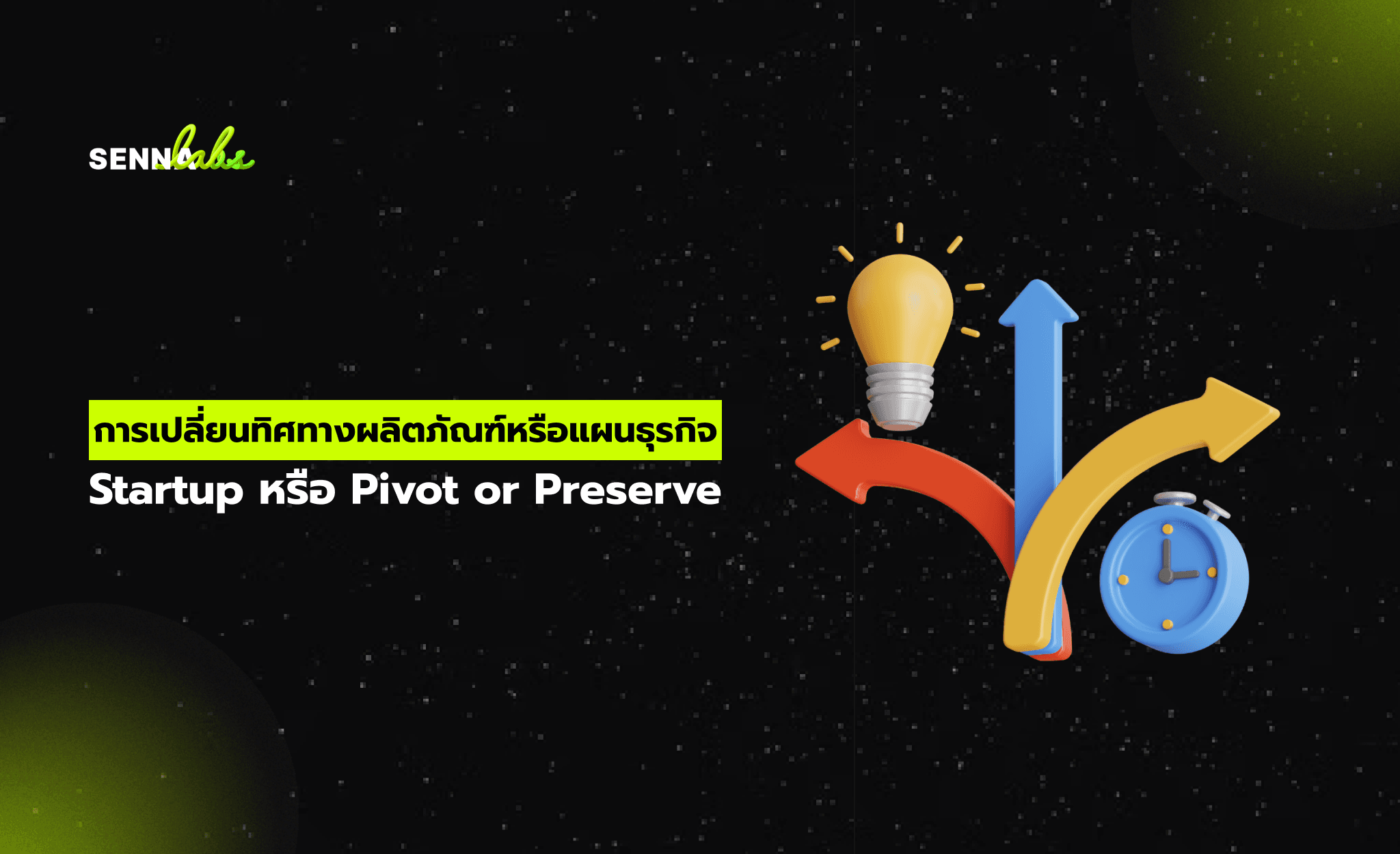Choosing the Right AI for Your Business Needs
Share

Artificial Intelligence (AI) is no longer a futuristic concept—it’s a vital tool for businesses seeking to improve efficiency, enhance customer experiences, and gain a competitive edge. However, with the multitude of AI tools available, selecting the right one for your business can be challenging.
This article provides a step-by-step guide to aligning AI tools with your specific business needs, focusing on a use case where a retail company adopts a recommendation system AI to improve customer personalization.

Step 1: Identify Your Business Goals
Before diving into AI selection, define what you want to achieve. Common business goals include:
-
Enhancing Customer Experience: Personalizing interactions to improve satisfaction and retention.
-
Optimizing Operations: Streamlining processes such as inventory management or supply chain logistics.
-
Increasing Revenue: Boosting sales through targeted marketing or predictive analytics.
-
Reducing Costs: Automating repetitive tasks to save time and resources.
Example: A retail company aims to improve customer personalization by recommending products based on browsing and purchase history.
Step 2: Understand the Types of AI Solutions
Different AI tools serve different purposes. Knowing the categories can help narrow your options:
-
Recommendation Systems: Suggest products or content based on user preferences (e.g., Netflix, Amazon).
-
Predictive Analytics: Forecast trends or behaviors using historical data.
-
Computer Vision: Analyze visual data, such as images or video, for applications like quality control or facial recognition.
-
Natural Language Processing (NLP): Understand and generate human language for chatbots or sentiment analysis.
-
Robotic Process Automation (RPA): Automate repetitive tasks like data entry or report generation.
Example: The retail company selects a recommendation system AI to improve product suggestions.
Step 3: Evaluate Your Data
AI tools rely heavily on data. Assess the quality and availability of your data to determine if it supports your AI goals:
-
Data Quality: Ensure your data is accurate, complete, and up-to-date.
-
Data Volume: AI models typically perform better with larger datasets.
-
Data Diversity: Include a variety of data types (e.g., transaction history, customer demographics) for richer insights.
Example: The retail company uses purchase history, website interactions, and customer profiles to train the recommendation system.
Step 4: Research Available AI Tools
Once your goals and data are clear, research AI tools that fit your requirements. Consider the following:
-
Ease of Integration: Does the tool work seamlessly with your existing systems?
-
Scalability: Can the AI grow with your business needs?
-
Customization: Does the tool allow for adjustments to align with your specific goals?
-
Support and Maintenance: Does the provider offer ongoing support and updates?
Example: The retail company evaluates AI recommendation platforms like Amazon Personalize and Google Recommendations AI.
Step 5: Test and Pilot the AI
Before committing to a full-scale rollout, test the AI tool in a controlled environment:
-
Run a Pilot Project: Use the AI on a small dataset or in a single department to assess its effectiveness.
-
Measure KPIs: Track metrics like customer engagement, conversion rates, or operational efficiency.
-
Gather Feedback: Involve employees and customers to identify strengths and areas for improvement.
Example: The retail company tests the recommendation AI on a subset of customers and measures an increase in click-through rates and average order value.
Step 6: Monitor and Optimize
AI implementation doesn’t end with deployment. Regular monitoring and optimization ensure long-term success:
-
Monitor Performance: Use analytics dashboards to track the AI’s impact on business goals.
-
Refine Models: Update AI algorithms with new data to improve accuracy and relevance.
-
Expand Usage: Scale the AI tool to other areas of the business once proven successful.
Example: The retail company continuously updates the recommendation AI with new customer data to refine its suggestions and improve performance.
Benefits of Choosing the Right AI
When aligned with business goals, AI tools deliver significant advantages:
-
Improved Customer Engagement: Personalized recommendations enhance user experiences and loyalty.
-
Operational Efficiency: Automating tasks reduces time and resource costs.
-
Data-Driven Decisions: AI transforms raw data into actionable insights.
-
Scalability: The right AI tool adapts as your business grows.
Example Outcome: The retail company experiences a 20% increase in sales and a 30% improvement in customer satisfaction within six months of implementing the AI recommendation system.
Conclusion
Choosing the right AI for your business requires a clear understanding of your goals, data, and available tools. By following a structured approach and testing solutions in real-world scenarios, businesses can unlock the full potential of AI to drive growth and innovation.
For companies seeking to improve customer personalization, optimize operations, or enhance decision-making, aligning AI with specific needs ensures a competitive edge in today’s dynamic market. Start small, iterate, and let AI pave the way for your business’s success.

Share

Keep me postedto follow product news, latest in technology, solutions, and updates
Related articles
Explore all


